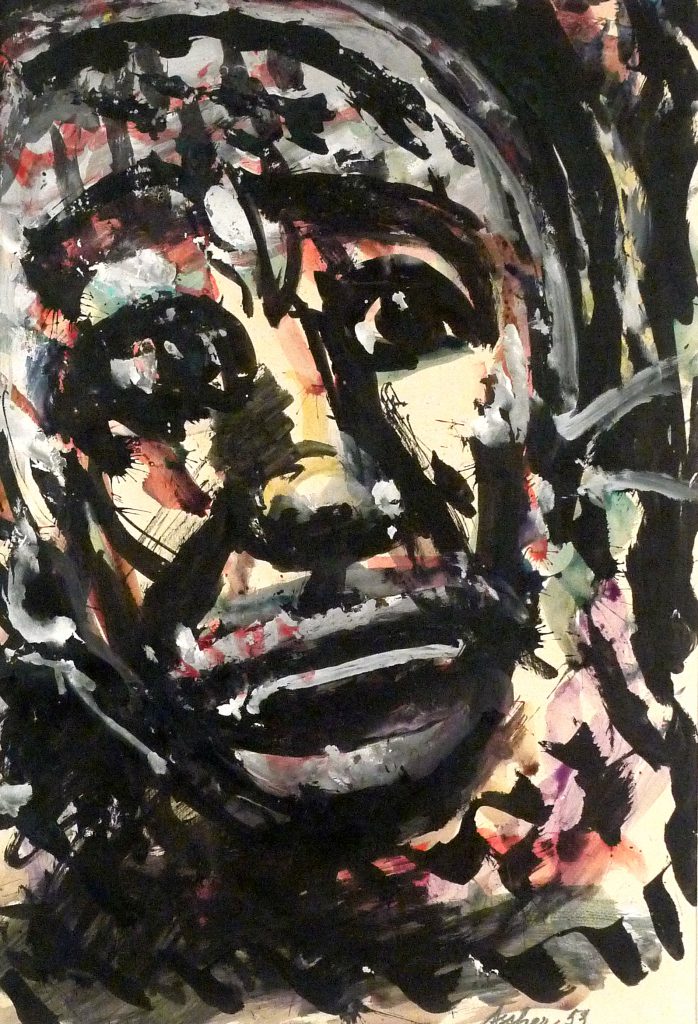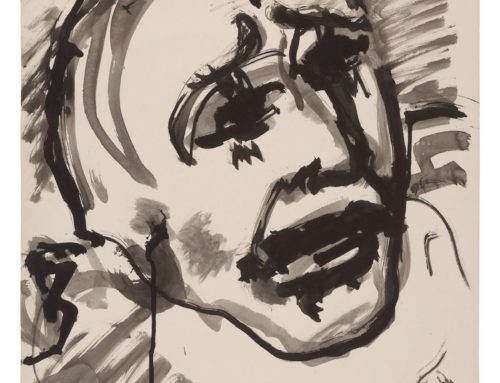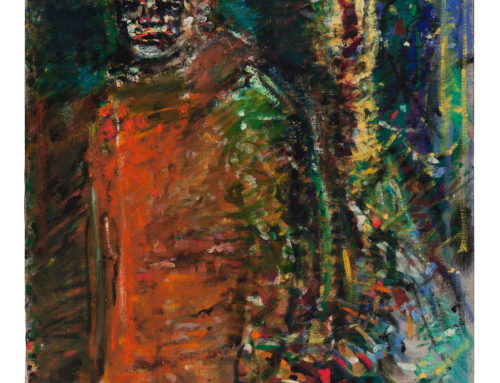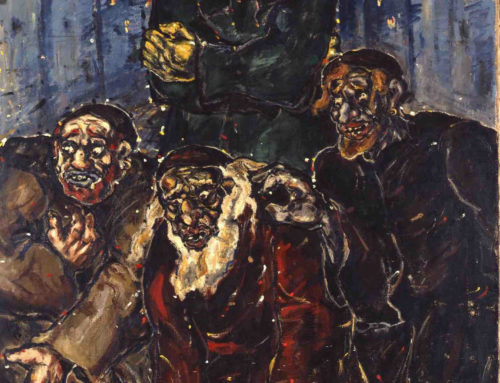Self Portrait, 1953
Since this is an acknowledged portrait of the artist by the artist, what does it possibly tell us about him at this point in his life? How has he been affected by the history through which he has lived? Is the effect of the years in hiding during the war—now 8 years away in the past—at all evident in his expression (in particular, his eyes!) and in his choice of pigments? What seems to be just below his chin—a kind of collar around his neck? Does it suggest any particular kind of character that he has painted? What do you suppose happens to those who are persecuted or oppressed or who experience violence, such as being mugged or raped, as time moves forward? Do victims forget what happened? Do they forget the details but remember the feelings? Do they wish they could forget but find themselves unable not to remember—if not while awake, then while asleep, when dreams seep into one’s mind out of the unconscious? If you have access to more images, find Ascher’s 1958 Sufferer (Self-Portrait) and compare it to this image, which is not explicitly titled “sufferer,” and ask what we see and what might we feel about a continuity of pain?










